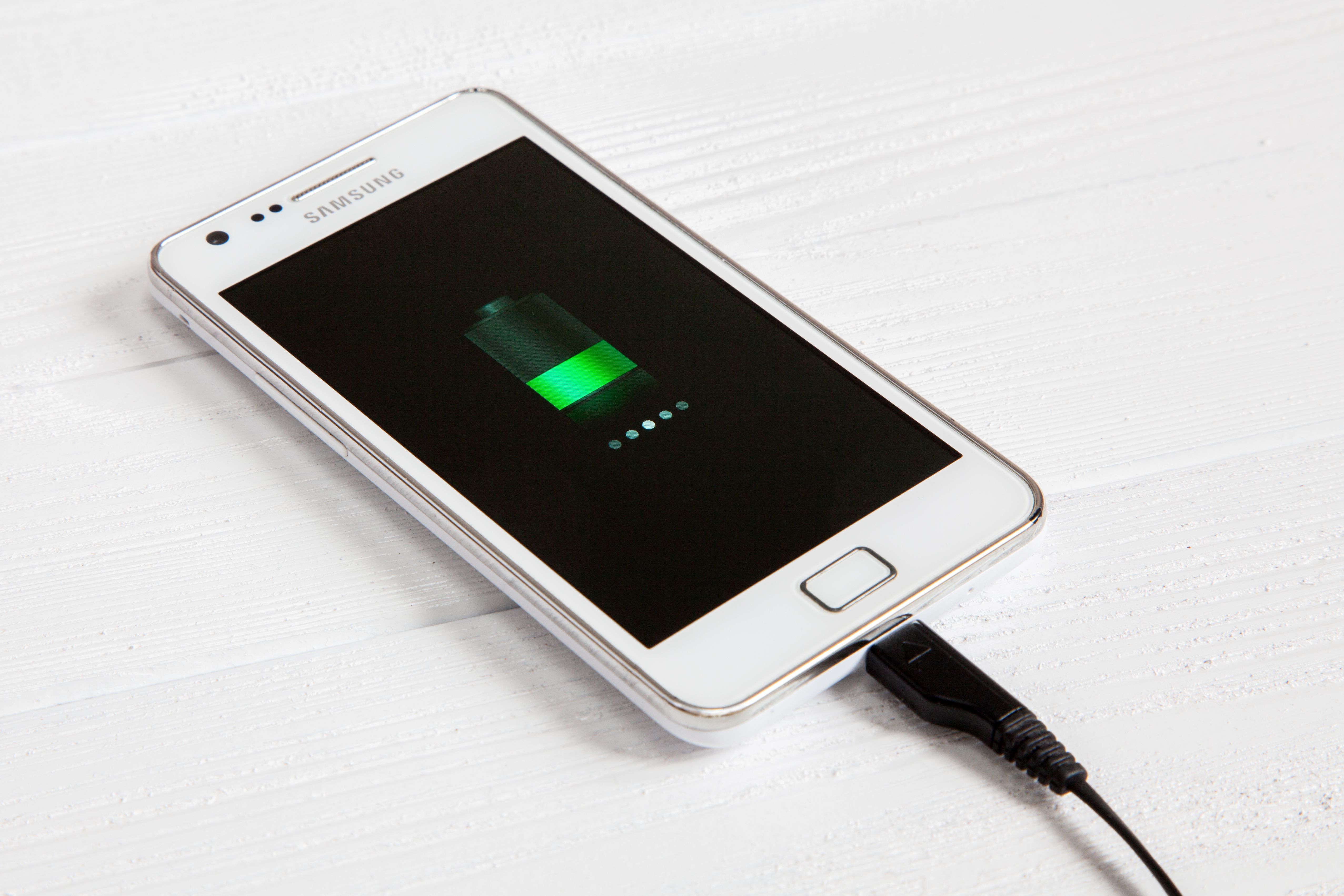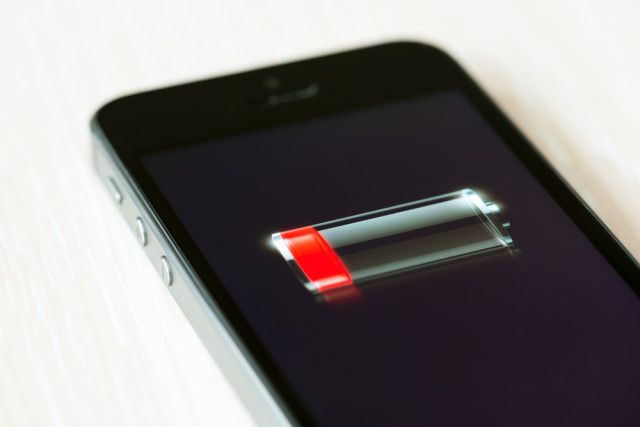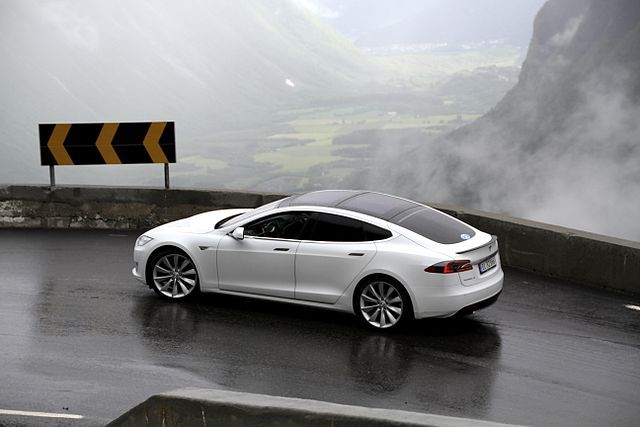Samsung, with help from researchers and universities in South Korea, has developed a new technology that could nearly double the capacity of lithium-ion batteries. This breakthrough has the potential to make serious waves in consumer electronics as well as electric cars — two industries that desperately need better battery technology.
The Battery Of The Future?
Lithium-ion (Li-ion) batteries are one of the most common types of batteries used for consumer electronics like smartphones and tablets, though they are also increasingly used for electric cars and various other applications. They were cutting-edge technology when they were invented — back in the nineties — but plenty has changed in the last twenty years.
In particular, we do far more with our mobile devices than we ever have before. When you carry an iPhone or an Android handset, you're carrying a fully-functional computer that's more powerful than former supercomputers — in your pocket. These massively power-hungry machines are running on the same tech we used to use to power our walkmans. So to say we need to upgrade our battery technology would be an understatement.
Samsung is working on doing just that, according to a paper published in Nature. The company has managed to significantly increase Li-ion battery capacity by using anodes made of silicon — the same material typically associated with chips and electronics — instead of graphite.
Silicon by itself tends to cause problems, due to a fluctuation in particle size between charging and discharging cycles. To get around this, Samsung and its researchers developed an innovative coating process in which graphene is grown directly on the silicon in layers that contain it but also allow for its expansion.
The paper explains:
"The graphene layers anchored onto the silicon surface accommodate the volume expansion of silicon via a sliding process between adjacent graphene layers. When paired with a commercial lithium cobalt oxide cathode, the silicon carbide-free graphene coating allows the full cell to reach volumetric energy densities of 972 and 700 Wh l^(-1) at first and 200th cycle, respectively, 1.8 and 1.5 times higher than those of current commercial lithium-ion batteries."
The wavy lines in the diagram below are layers of graphene on a silicon nanoparticle.
With this new technique, Samsung managed to create a new type of battery that offers nearly double (1.8x) the energy density of regular Li-ion batteries, trailing off to 1.5x energy density after 200 charges. Even after 200 charges, the new technology boasts a significant improvement over what the market has to offer today. With that said, more testing to required to determine whether these promising numbers hold up over a realistic battery lifespan.
When Can We Put This To Use?
Going forward, this research could have significant implications for a number of industries, increasing the battery life of our smartphones and tablets, our vehicles, and perhaps even our homes.
Today's most popular smartphones reportedly last around 11–14 hours on a single charge, under continuous use. If the data from Samsung's research stays consistent, you could effectively double that time — meaning it's okay if you forget to charge your phone at night. Or, if your phone doesn't quite hit that 11–14-hour mark, maybe you could finally get through a whole day without being tied to a charger.
Electric cars could travel roughly twice the distance on a single charge, which could help manufacturers convert more drivers to hybrid and electric models. Right now, the Tesla Model S has a range of about 265 miles. This technology would increase that to about 480 with no increase in weight or size. That would let you drive for almost seven hours on a single charge at highway speeds, making long road trips much more practical.
This development could also have a huge impact on wearable devices — many of which can't hold a charge long enough for you to reasonably use them all day. This could enable augmented reality devices like Google Glass or the HoloLens to truly enter the mainstream.
But it's important to remember that this is just a research project — Samsung has yet to mold its findings into a commercial product, and it may be a while before that happens. While the technology may very well be commercially viable, we likely have at least two or three years to wait before it powers the devices we use every day.
What do you think about Samsung's new battery technology? And, more importantly, how would you benefit from lithium-ion batteries with twice their current capacity? Let us know your thoughts in the comments below!
Image Credits: George Dolgikh, Bloomua, Wikimedia




